9 Increased overjet
Summary
Emma, aged 11, is teased at school about her prominent upper front teeth (Fig. 9.1). What are the possible causes and how may it be treated?
Examination
Extraoral
Emma’s full facial and profile views are shown in Figure 9.2.
 How would you assess Emma’s skeletal pattern?
How would you assess Emma’s skeletal pattern?
1 Anteroposterior. Viewing the soft tissue facial profile in most cases allows the following classification to be made:
2 Vertical.
Lower facial height. The distance from the mid eyebrow level to the base of the nose (upper facial height) should equal that from the base of the nose to the inferior aspect of the chin (lower facial height). The lower facial height is reduced when the latter measurement is reduced and the converse is true when this distance is increased.
Frankfort-mandibular planes angle (FMPA). With a finger along the lower border of the mandible and a ruler placed along the Frankfort plane, project both of these lines backwards in the imagination to estimate the FMPA. The FMPA is then classified as average (both lines intersect at the back of the skull, occiput), reduced (both lines meet beyond occiput) or increased (both lines meet anterior to occiput).
3 Transverse. Stand directly behind the patient and look down across the face, checking the coincidence of the midlines of the nose, upper and lower lips and midpoint of the chin. Alternatively assess the face from the front. It is important to note that slight facial asymmetry is common. The location (upper, middle or lower facial third) and extent of any asymmetry should be recorded. Emma’s chin point is marginally to the right. As this is very mild and has not been noticed by her or her mother before now, and as a slight degree of facial asymmetry is regarded as normal, there is no cause for concern.
Intraoral
 What are the causes of an increased overjet?
What are the causes of an increased overjet?
| Cause | Aetiology |
|---|---|
| Skeletal pattern | May be Class I, II or III |
| If Class II, mandibular deficiency is almost entirely the primary cause but may be excessive horizontal maxillary growth or a combination of the two factors | |
| Soft tissues* | Lower lip lying under the upper incisors to create an anterior oral seal will procline the upper incisors and retrocline the lower incisors (likely if there is a Class II skeletal pattern, reduced lower facial height and lip incompetence) |
| Hyperactive lower lip will retrocline the lower incisors | |
| Primary atypical swallowing pattern (endogenous tongue thrust) will tend to procline upper (but also lower) incisors | |
| Digit sucking habit | If present for more than 6 hours out of 24, it will procline upper incisors, retrocline lower incisors, create an anterior open bite and a tendency to buccal segment crossbite |
| Overjet increase is often asymmetrical due to digit positioning | |
| Crowding | Labial displacement of upper incisors and/or lingual displacement of lower incisors |
| Any combination of above |
Stay updated, free dental videos. Join our Telegram channel

VIDEdental - Online dental courses


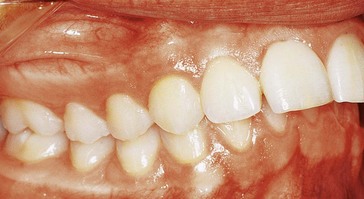
 .
.
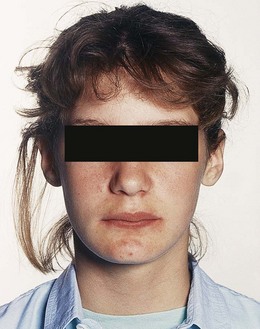
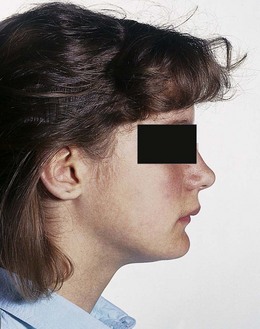

 present. (Note
present. (Note  are erupting.)
are erupting.)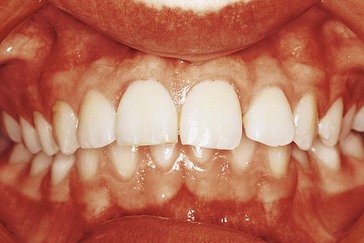
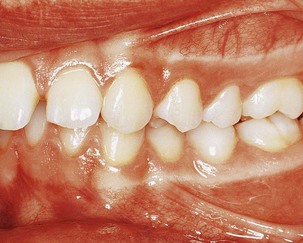
 .
.